
The Russian economy is beginning to show some tentative signs of stabilization. The real GDP declined by 4.6 percent in 2015, but a milder contraction of 0.7 percent is predicted for 2016. The combination of lower oil prices and Western sanctions still weigh heavily on the economy. Both private consumption and investment are declining, despite a rise in government spending. The economy decreased 4.1 percent in the third quarter of 2015 year-on-year.
The real value of private final consumption in Russia contracted by 9.3 percent in 2015, and a decline of 1.1 percent is expected in 2016. Private consumption is weighed down by falling wages, the higher cost of capital, and the weakening confidence in the market.
Investment fell sharply in 2015. The downward trend will continue, but moderate in 2016. The slump is due not only to sanctions (which have been extended into 2016), but also elevated borrowing costs and a poor business environment. Falling investment prevents many Russian firms from reaping the benefits of a weaker rouble.
The economy should begin to stabilize in 2016, and growth could resume in 2017.
However, annual gains will be less than two percent per year in the medium term. The relatively modest outlook reflects the absence of structural reforms and the increasing weight of the state in the economy.
Economic structure and major industries
The agriculture sector’s share in the GDP is relatively small. An estimated 6.8 percent of the workforce is employed in agriculture. Although the soil is fertile, yields are just a third of those in Western Europe. Farmers are ill-prepared to meet the goal of self-sufficiency that officials have abruptly imposed in response to Western sanctions. For example, up to half of the fruit production from small farms and 20 percent of industrial vegetable production is lost to spoilage each year.
The manufacturing sector accounts for 14.7 percent of the GDP and employs 14.9 percent of the workforce. Several international automobile firms operate production facilities in Russia, but the industry has been hit hard by the fall in the dollar-to-rouble exchange rate. Car sales fell by an estimated 24 percent in 2015. The food and chemical industry is gaining in its market share after Russia restricted Western imports, but many industries are struggling.
Investment in manufacturing has been anemic. In 2015, Moscow and Beijing agreed to a slew of loans and investments totaling USD25 billion, which will help cushion the impact of Western sanctions. The real value of value-added manufacturing fell in 2015.
There are massive mineral and forest resources in Russia, with iron ore, coal, copper, aluminum, manganese, salt, and precious metals being produced, though facilities are in need of modernization. Raw materials, such as oil, natural gas, and metals make up more than two-thirds of all export revenues. South Korean, Japanese, and Chinese investors hope to move into the Russian market to secure stable supplies of coal and other energy resources. The mining output grew 4.7 percent in real terms during 2014.
Services make up 59.8 percent of the GDP. Just two large banks, namely Sberbank and VTB, dominate the Russian banking market, holding 60 to 70 percent of all deposits. Unsecured credit growth poses an increasing financial risk. Service firms continue to suffer from falling consumer demand. Nonetheless, the real value of tourist receipts rose by 6.9 percent in 2015, and gains of 1.8 percent are forecast for 2016.
Overview of the economy
Russia’s per capita income rose from 33 percent to 51 percent of the OECD (Organization for Economic Cooperation and Development) average between 2000 and 2012. Rising oil prices and the increasing use of spare resources were the main drivers of growth during this period. The economy contracted during the Great Recession, but a fiscal stimulus valued at about 14 percent of the nominal GDP boosted growth in 2011 and 2012. However, another slowdown occurred in 2013, and virtually no growth was recorded in 2014. Business investment contracted, productivity fell, and the rouble lost more than half of its value against the dollar, as sanctions were intensified and oil prices plummeted. In 2015, the economy contracted by 4.0 percent.
Helped by a new oil-price fiscal rule and Russia’s recent membership in the World Trade Organization (“WTO”), the country’s potential rate of growth probably edged up in recent years, but these benefits were more than offset by a combination of sanctions, rising inflation, weaker domestic demand, and a sluggish external demand.
Foreign Trade
The Russian economy has never been especially reliant on exports. In 2015, exports were 28.7 percent of the GDP, up slightly from 28.1 percent in 2008. Dollar-valued exports fell by 30.8 percent in 2015, and gains of 2.3 percent are expected in 2016. Moscow hopes to see its exports to Iran boom following the recent nuclear disarmament agreement, although the deal may also have negative implications for Russia’s oil exports. Russia’s WTO membership will require Moscow to phase out most of its trade barriers by 2018.
Energy exports are the most important contributor to trade performance. In 2014, mineral fuels made up 71.1 percent of all exports. Presently, Russia is the world’s second largest exporter of oil.
Since Moscow banned food imports from Western countries in 2014, officials have been calling for self-sufficiency. Russia has huge amounts of arable land, but the country relies on imports for up to 40 percent of its food supplies. It will take years and huge amounts of investment to achieve anything close to self-sufficiency.
In 2014, 51.8 percent of Russia’s exports went to the E.U., while other important export markets included China and countries of the former Eastern Bloc, particularly Poland and Ukraine.
Russia’s current account surplus was 5.1 percent of the GDP in 2015. The surplus will be the same in 2016.
Economic prospects
The Russian economy is beginning to show some tentative signs of stabilization. The real GDP declined by 4.0 percent in 2015, but a milder contraction of 0.7 percent is predicted for 2016. The combination of lower oil prices and Western sanctions still weigh heavily on the economy. Both private consumption and investment are declining, despite a rise in government spending. The economy decreased 4.1 percent in the third quarter of 2015 year-on-year.
Though inflation is falling, it remains stubbornly high. Prices are forecast to rise by 7.4 percent in 2016 after inflation of 15.5 percent in 2015. The new embargo on a range of Turkish and Ukrainian products is likely to contribute to higher inflation. The Russian Central Bank has been cutting interest rates for more than a year to help the slumping economy. The latest reduction was 11 percent. The bank’s target for inflation is five percent.
Unemployment will be 5.9 percent in 2016, up from 5.6 percent in 2015. Eroded by inflation, real wages fell by two to three percent in 2015. In the meantime, productivity growth has slowed. Roughly a quarter of the work force is employed by the state.
Evaluation of market potential
The economy should begin to stabilize in 2016, and growth could resume in 2017. However, annual gains will be less than two percent per year in the medium term. The relatively modest outlook reflects the absence of structural reforms and the increasing weight of the state in the economy. Private consumption and investment will likely remain subdued, owing to sluggish growth in real income dynamics and the households’ deleveraging. Capital outflows should moderate, but will remain high for several more years. Moscow’s extensive dependence on the energy sector – a characteristic that reflects a weak policy framework – leaves the country vulnerable to external shocks.
Fixed investment is well below that of other emerging markets, and it has been declining for several years. Effective ways to bolster investor confidence are urgently needed. Officials had hoped to raise investment to 25 percent in the near future (up from about 20 percent in 2011), but that target is no longer possible in the present geopolitical circumstances. Productivity growth continues to lag.
Business environment
Russia supports and protects its large state-owned companies at the expense of its small and medium (“SME”) size businesses. However, these smaller firms respond most effectively to changes in market forces, technologies, and consumer tastes. In the E.U., SMEs account for 40 percent, on average, of their respective countries’ GDP. In Russia, SMEs contribute just 15 percent.
Moscow has streamlined procedures for customs clearance, construction permits, and access to electricity. Officials also intend to reduce the cost of borrowing by relaxing the administrative burden on banks. All these moves are intended to improve the business climate.
To adapt to WTO requirements, Russia will reduce tariffs and quotas on a wide range of products. Market access for services will be improved by removing various limitations on foreign equity and foreign capital participation in insurance, telecommunications, banks, transportation, and distribution services. General quantity restrictions that are not in accord with WTO provisions will be eliminated or revised. Membership in the WTO should also provide some pressure to speed up the pace of privatization.
Energy
Russia is one of the world’s largest oil producers, with proven oil reserves totaling 103 billion barrels of oil equivalent. In 2015, oil production was 538 million tons of oil equivalent. New fields will produce almost all of Russia’s annual oil growth in the next five years and will likely produce more than half of the country’s oil in 2020.
Sanctions by the U.S. and the E.U. limit the access of several of the largest Russian energy firms to Western capital markets. Sanctions also prohibit the export of key technologies and equipment. The sanctions make it more difficult for Russian energy firms to finance new projects, especially high-cost projects.
Russia holds the world’s largest natural gas reserves, with 32.9 trillion cubic meters. In 2015, the country produced 514 million tons of oil equivalent.
Population
Russia’s population in 2015 was 144 million. The median age was 38.6 years in 2015, two years greater than the figure reported in 2000. By 2030, the median age is expected to reach 42.8 years.
Fertility hit a record low in 2000 of 1.2 births per female, but has been rising since then and by 2015, it stood at 1.8 births per female. There is a strong tendency among childbearing women to have no more than two children, and frequently no more than one.
Income and expenditures
Russia’s savings ratio has been rather large in recent years. In 2015, savings amounted to 10.5 percent of the disposable income. The savings ratio is expected to fall to 10.4 percent in 2016.
Consumer expenditures per capita totaled RUB265,715 (USD4,336) in 2015. In 2016, the indicator will likely fall by 1.7 percent in real terms. A large proportion of wealth is concentrated around Moscow, but extreme income inequality prevents balanced consumer market growth across all income classes. Over the fifteen-year period from 2015 to 2030, communications, health goods, and medical services are expected to have the fastest growth in consumer expenditures. Increasing spending on communications will be supported by higher competition from telecom operators, while the ageing Russian population will drive higher expenditures on health goods, particularly on pharmaceutical products.
Total consumer expenditures in real terms will drop 1.5 percent in 2016. In the fifteen-year period from 2015 to 2030, total consumer expenditures will grow at an average annual rate of 0.8 percent. Expenditures will increase by 13.3 percent during that period. Total consumer expenditures will represent 52.5 percent of the GDP by 2016.
Disposable income per capita totaled RUB309,454 (USD5,050) in 2015, and it is forecast to decline by 1.3 percent in real terms in 2016.
During the fifteen-year period from 2015 to 2030, the total disposable income will increase by a cumulative 16.1 percent in real terms, growing at an average annual rate of 1.0 percent.


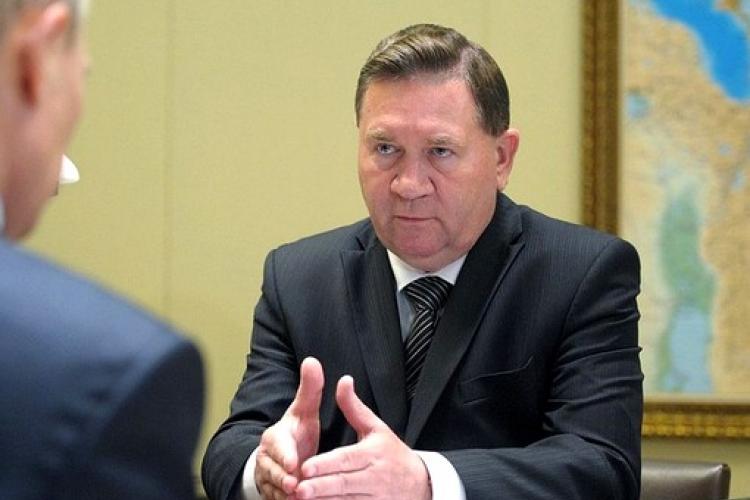
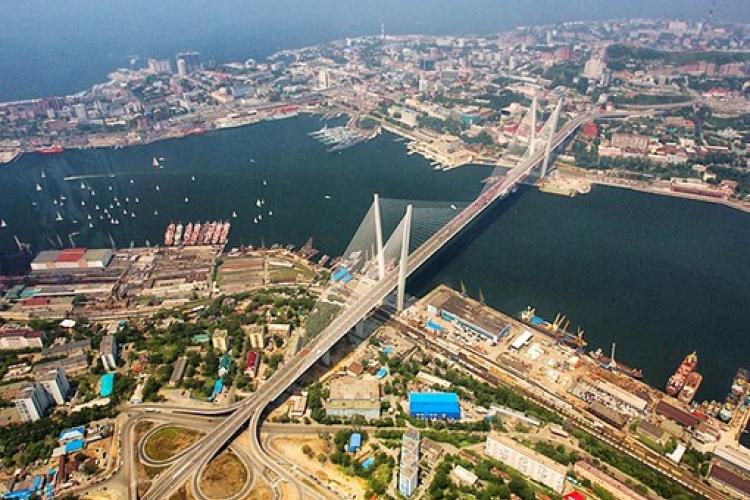

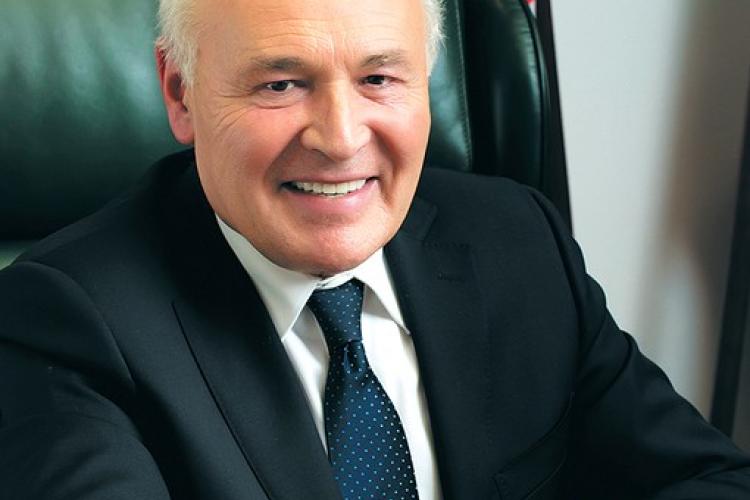
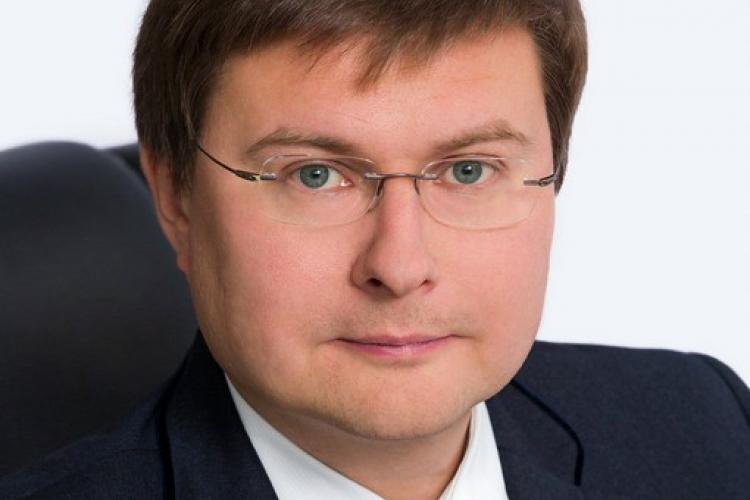
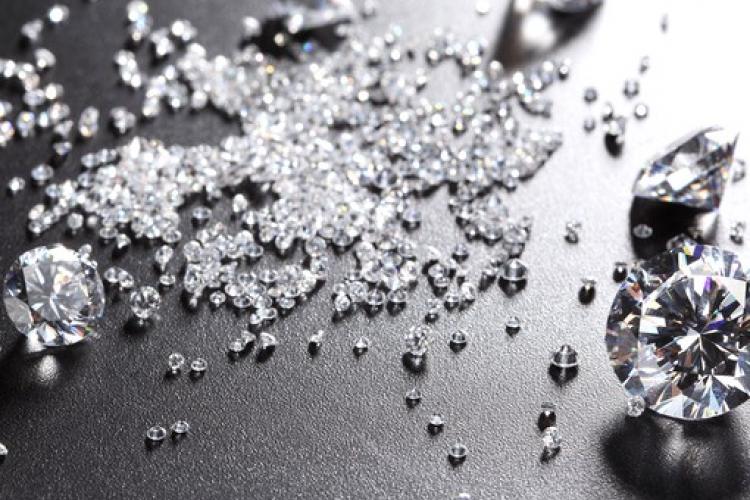
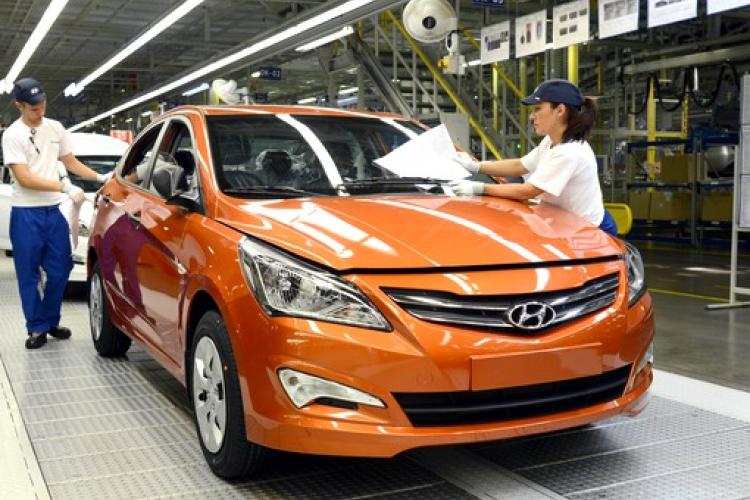
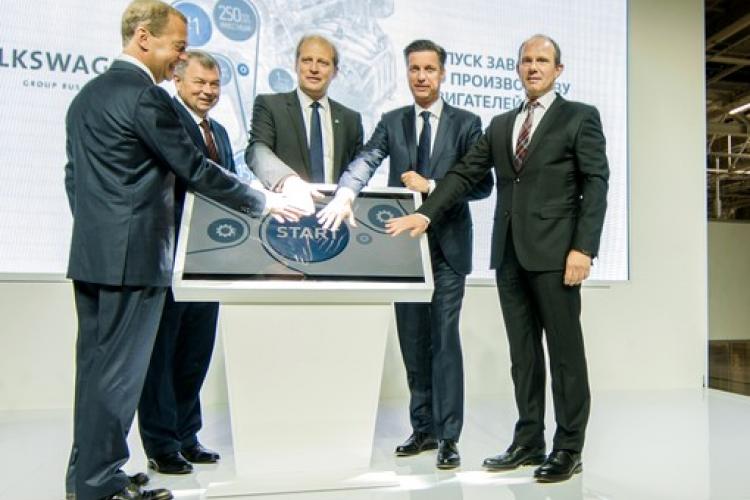
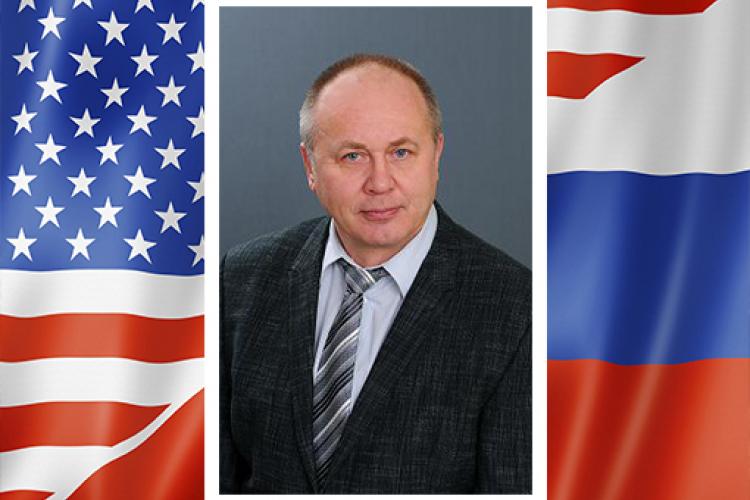

Leave a comment